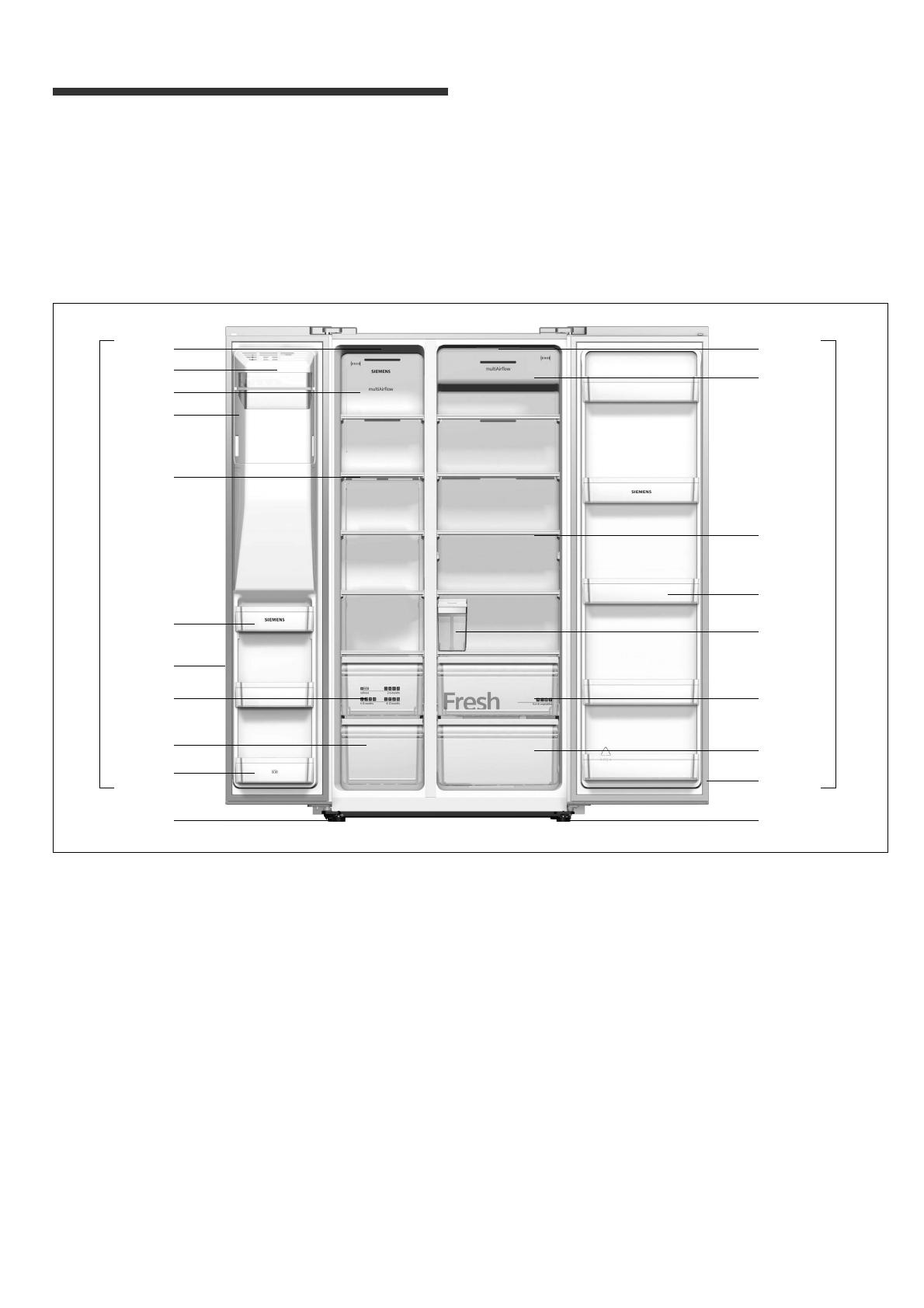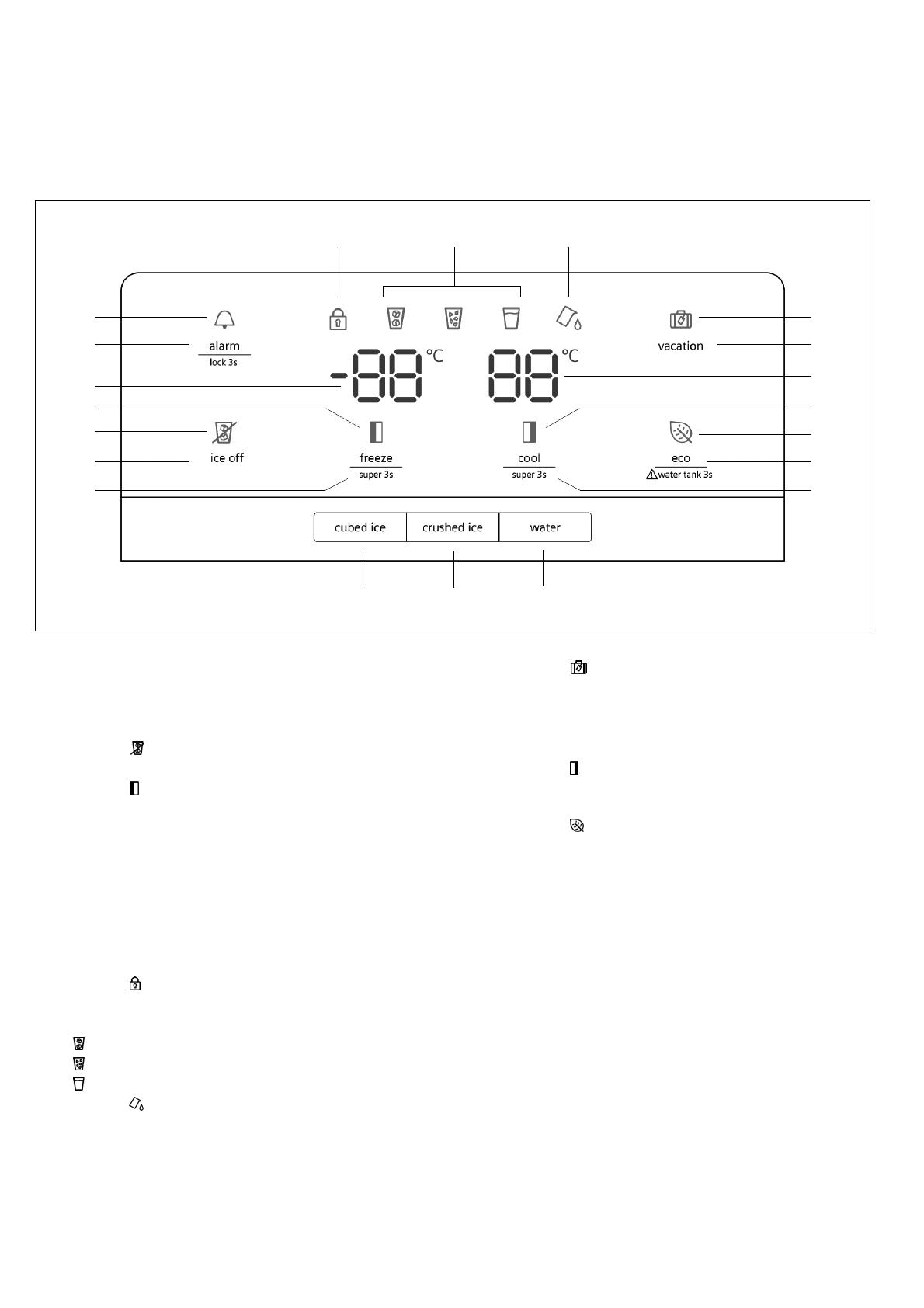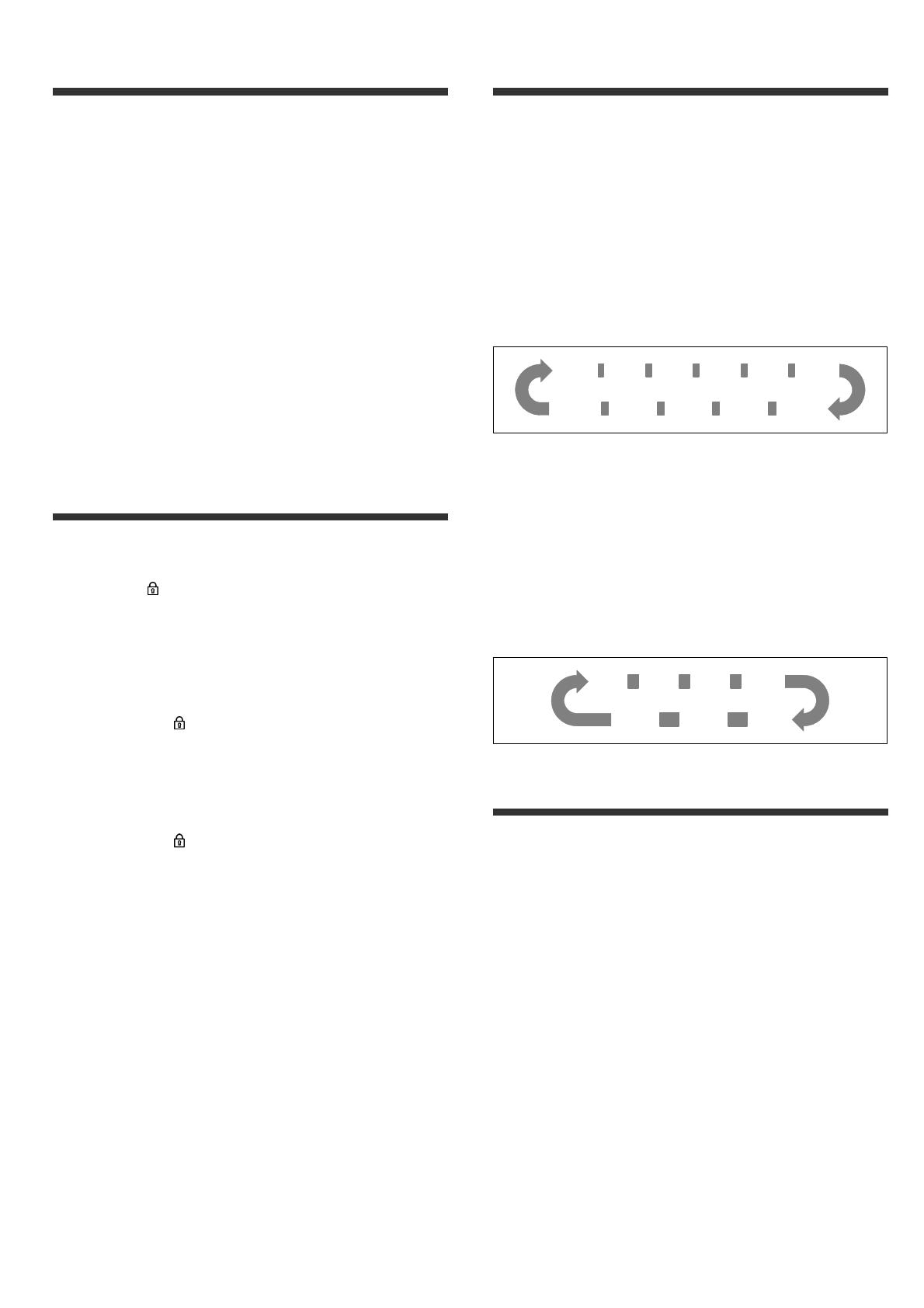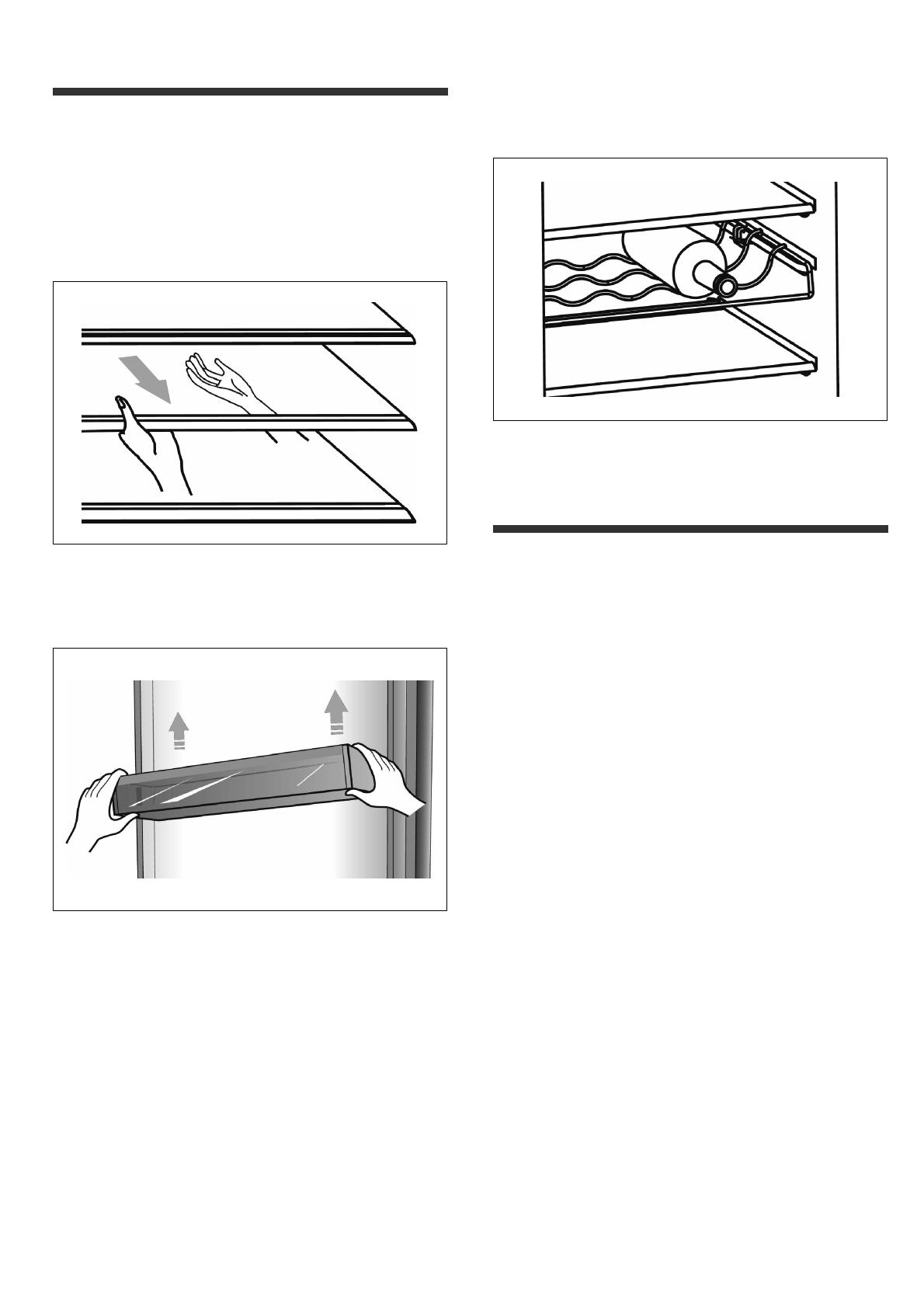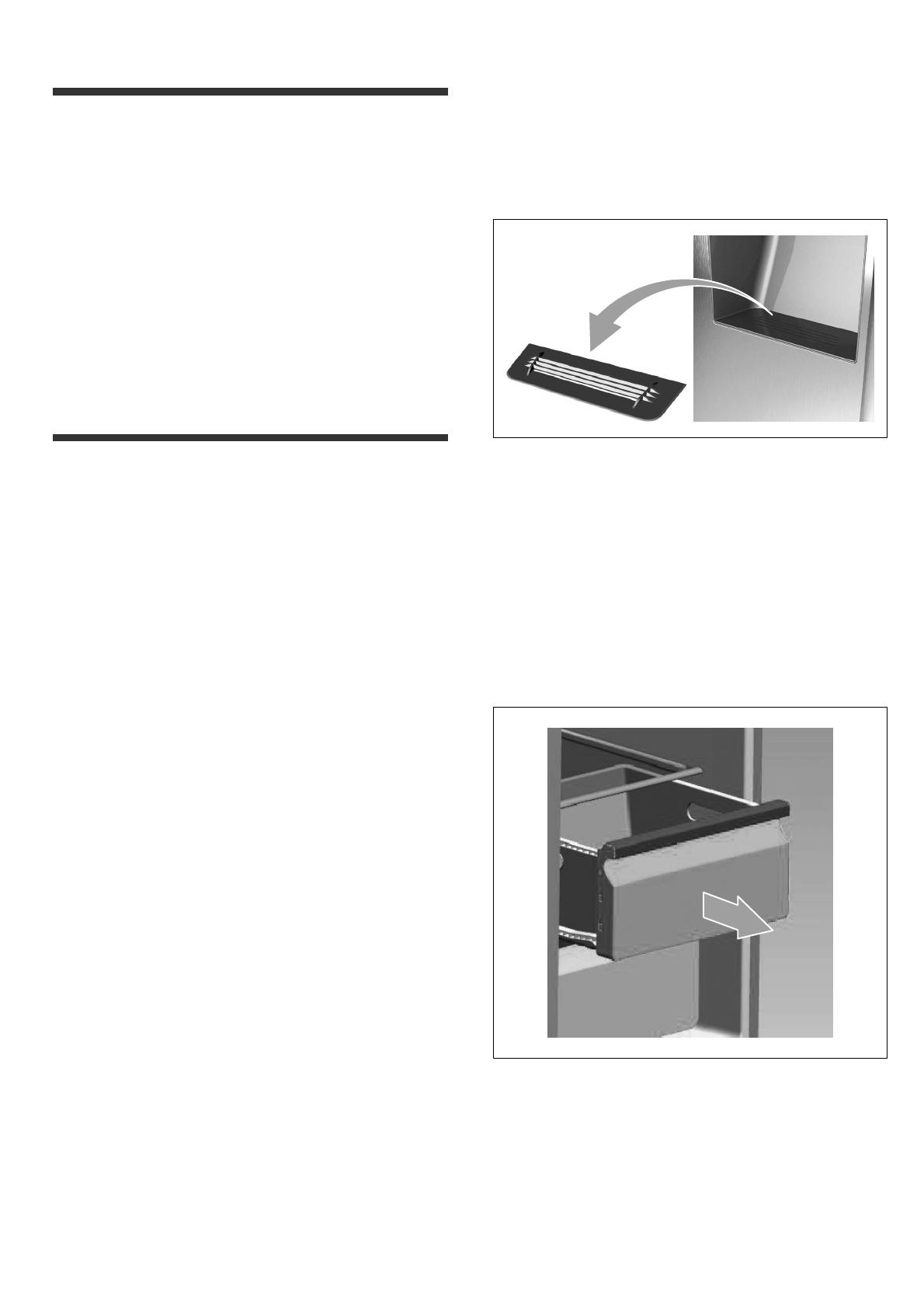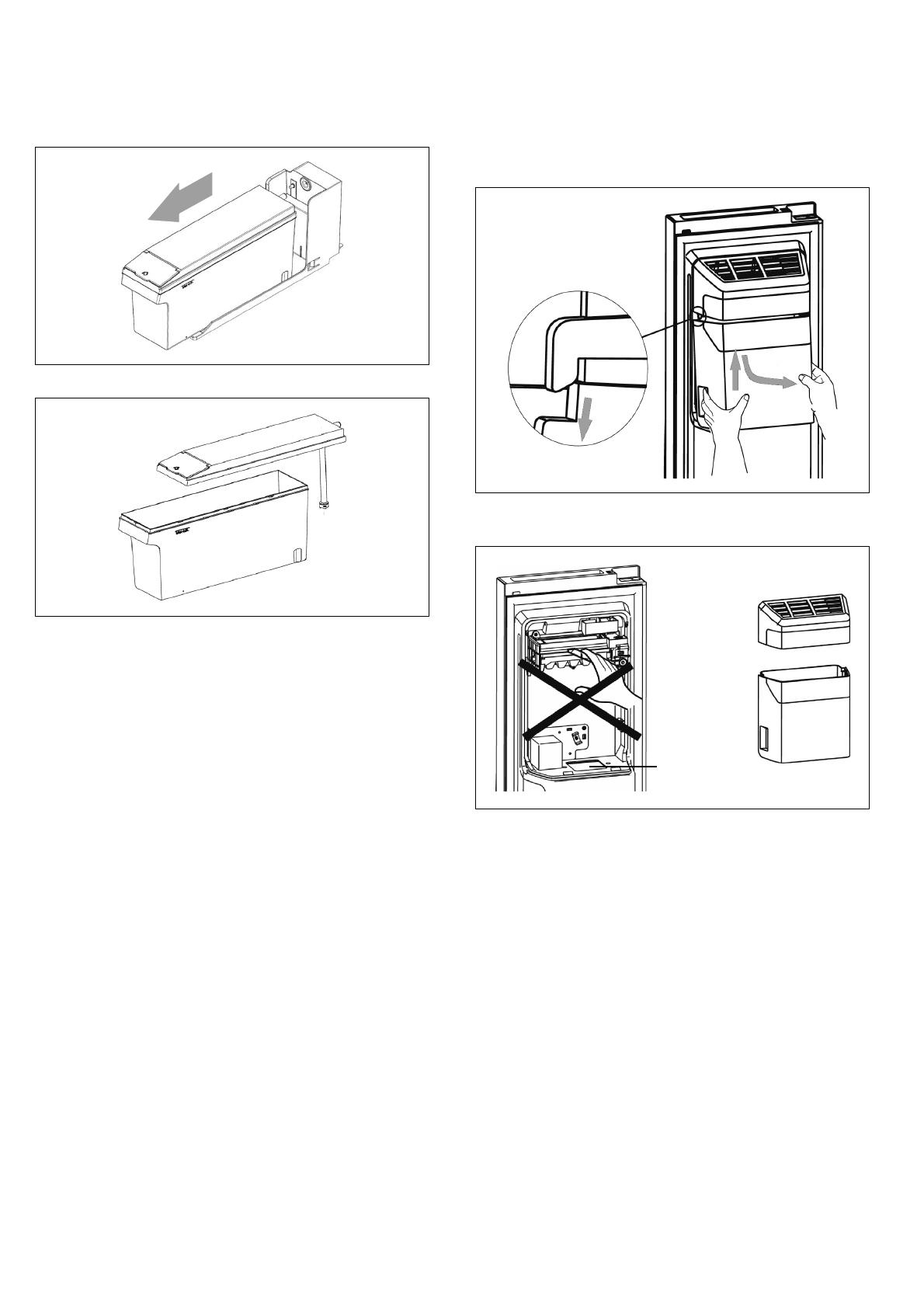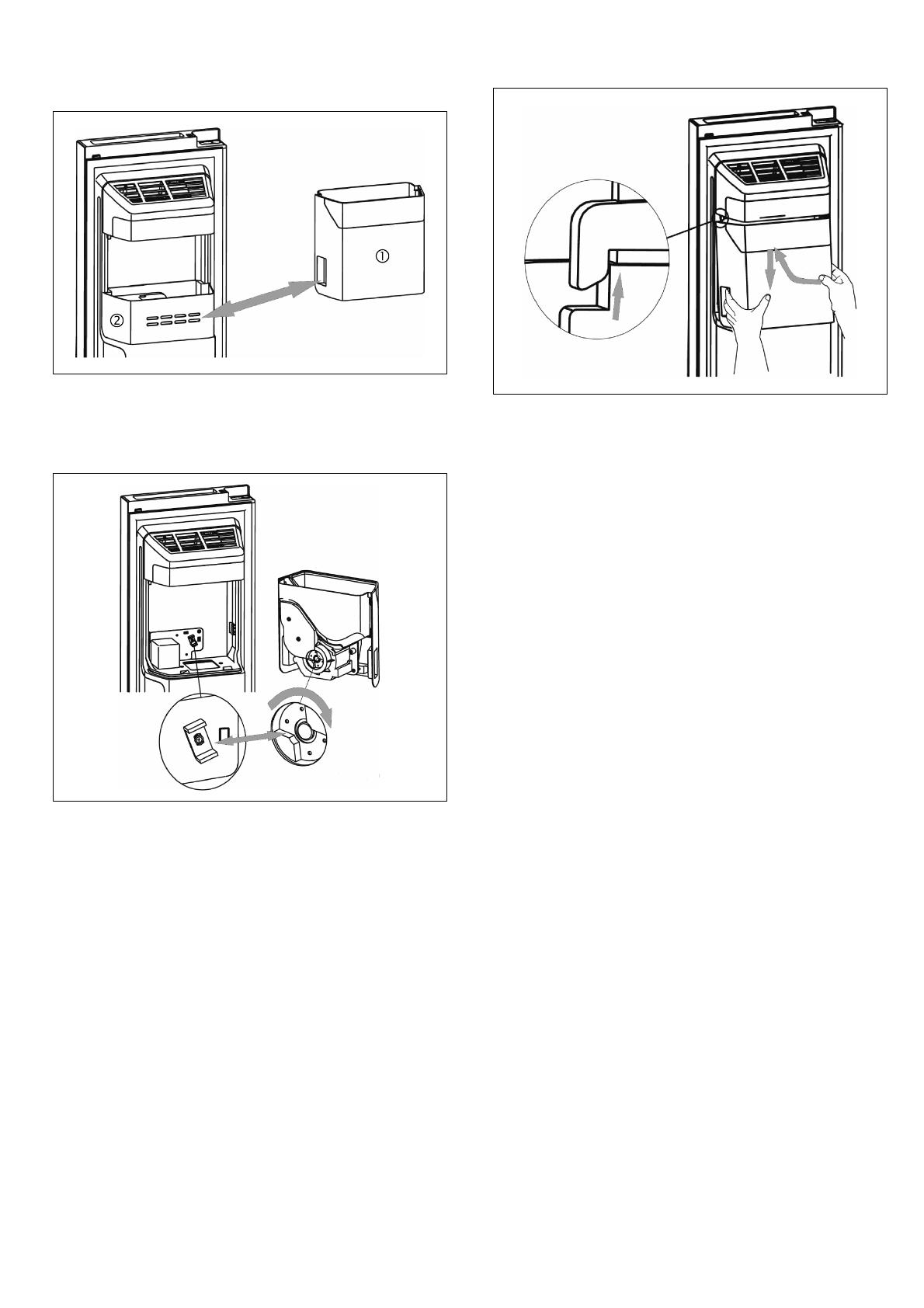
en
24
Table of contents
Safety instructions 25............................
About these instructions 25........................
Risk of explosion 25..............................
Risk of electric shock 25..........................
Risk of cold burns 25.............................
Risk of injury 25..................................
Avoiding placing children and vulnerable people
at risk 26........................................
General requirements 26..........................
Damage 26......................................
Weight 26........................................
Information concerning disposal 26...............
Disposal of packaging 26.........................
Disposal of your old appliance 26..................
Scope of delivery 26.............................
Installing the appliance 27........................
Transporting 27...................................
Removing the appliance doors 27..................
Installation location 27............................
Subsurface 27....................................
Observe ambient temperature and ventilation 27....
Installing the spacers 28..........................
Installation dimensions and door opening angle 28..
Fixing the door handle 28.........................
Aligning the appliance 28..........................
Aligning the doors 29.............................
Connecting the appliance 29......................
Electrical connection 29...........................
Getting to know your appliance 30................
Control and display panel 31......................
Switching on the appliance 32....................
Child lock 32....................................
Unlocking the buttons 32..........................
Locking the buttons 32............................
Setting the temperature 32........................
Freezer compartment 32..........................
Refrigerator compartment 32......................
Usable capacity 32...............................
Freezer compartment 33..........................
Purchasing frozen food 33.........................
Drawers 33......................................
Fully utilising the freezer volume 33.................
Freezing capacity 33..............................
Freezing fresh food 33...........................
Packing frozen food 33............................
Shelflifeoffrozenfood 34.........................
Freezer calendar 34..............................
Super freezing 34................................
Switching on super freezing 34.....................
Switching off super freezing 34.....................
Thawing froozen food 34.........................
Refrigerator compartment 35.....................
Stor
ing food 35...................................
Note the chill zones in the refrigerator
compartment 35..................................
Fruit and vegetables crisper 35....................
Super cooling 35.................................
Switching on super cooling 35.....................
Switching off super cooling 35.....................
Water storage box 36.............................
Filling up the water storage box 36.................
Water storage box alarm 36.......................
Ice and water dispenser 37.......................
Dispensing water 37..............................
Ice maker 37.....................................
Dispensing ice 37................................
Variable interior design 38........................
Alarm 38........................................
Door alarm 38....................................
Holiday mode 39.................................
Switching on holiday mode 39.....................
Switching off holiday mode 39.....................
Energy save mode 39............................
Switching on energy save mode 39................
Switching off energy save mode 39.................
Switching off and disconnecting the appliance 39..
Switching off the appliance 39.....................
Disconnecting the appliance 39....................
Defrosting 40....................................
Freezer compartment 40..........................
Refrigerator compartment 40......................
Cleaning the appliance 40........................
Procedure 40....................................
Dispenser 40.....................................
Interior fittings 40.................................
Cleaning the water storage box 41.................
Handling the ice bucket 41........................
Defrosting 42.....................................
Light (LED) 43...................................
Tips for saving energy 43.........................
Operating noises 43..............................
Quite normal noises 43...........................
Preventing noises 43..............................
Eliminating minor faults yourself 44...............
Customer service 45.............................
Repair order and advice on faults 45...............






